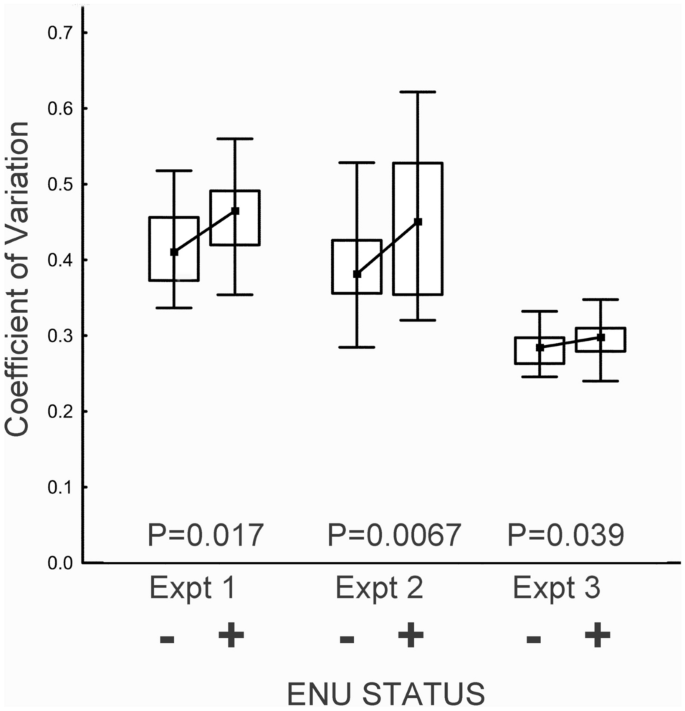ブラウン大学の神経科学者チームが率いる新しい研究で、子どもが大人よりも効率的に学習できる脳のメカニズムについて詳しく説明された。 A new study led by a team of Brown University neuroscientists details the brain mechanisms that allow children to learn more efficiently than adults.
2022-11-15 ブラウン大学
GABAはネットワークを「安定化」させ、その後の学習がすでにあったものを上書きしないようにし、知識を逆行性干渉から守るのだ。しかし、このようなGABAの抑制的な処理は、子供では十分に成熟していないという。子供はGABAの量が少ない–大人よりも抑制能力が低く、衝動制御が弱いのはそのためだ。
機能的MRSと呼ばれる高度なイメージング技術を用い、学習セッションの前後と最中に、初期視覚野のGABA濃度を測定したのである。そして、その濃度を子ども(8〜11歳)と大人(18〜35歳)の間で比較した。
その結果、学習が始まる前の子どものGABAの全体量は、確かに大人よりも少なかった。しかし、大人のGABA濃度が変化しないのに対し、子どもは2回目の学習でGABA濃度が急激に上昇することを発見した。
その後の行動実験で、研究者らは、子どもではセッション終了後数分以内に逆行性干渉に対する回復力、つまり安定化が実際に起こることを見いだした。一方、大人では、セッション終了後少なくとも1時間は、研究者らがより脆弱な学習状態と呼ぶ状態が続いた。
この実験結果は、大人と比較して、子どもはよりダイナミックなGABA関連抑制処理を行い、より迅速に適応して学習を安定化させていることを示唆している。
<関連情報>
- https://www.brown.edu/news/2022-11-15/children-learning
- https://www.cell.com/current-biology/fulltext/S0960-9822(22)01629-3
トレーニング中およびトレーニング後の急速なGABAブーストによる子供の効率的な学習効果 Efficient learning in children with rapid GABA boosting during and after training
Sebastian M. Frank,,Markus Becker,Andrea Qi,Patricia Geiger,Ulrike I. Frank,Luke A. Rosedahl,Wilhelm M. Malloni,Yuka Sasaki,Mark W. Greenlee,Takeo Watanabe
Current Biology Published:November 15, 2022
DOI:https://doi.org/10.1016/j.cub.2022.10.021

Highlights
•Visual perceptual learning (VPL) is more efficient in children than adults
•VPL is stabilized more rapidly in children than adults
•Stabilization of VPL in children is supported by a rapid boost of GABA
•This boost of GABA occurs during and after visual training in children
Summary
It is generally thought that children learn more efficiently than adults. One way to accomplish this is to have learning rapidly stabilized such that it is not interfered with by subsequent learning. Although γ-aminobutyric acid (GABA) plays an important role in stabilization, it has been reported that GABAergic inhibitory processing is not fully matured yet in children compared with adults. Does this finding indicate that more efficient learning in children is not due to more rapid stabilization? Here, we measured the concentration of GABA in early visual cortical areas in a time-resolved fashion before, during, and after visual perceptual learning (VPL) within subjects using functional MRS (fMRS) and then compared the concentrations between children (8 to 11 years old) and adults (18 to 35 years old). We found that children exhibited a rapid boost of GABA during visual training that persisted after training ended, whereas the concentration of GABA in adults remained unchanged. Moreover, behavioral experiments showed that children exhibited rapid development of resilience to retrograde interference, which indicates that children stabilize VPL much faster than adults. These results together suggest that inhibitory processing in children’s brains is more dynamic and adapts more quickly to stabilize learning than in adults, making learning more efficient in children.


